|
A Little History About the People Bringing You the Stories About Fillmore History
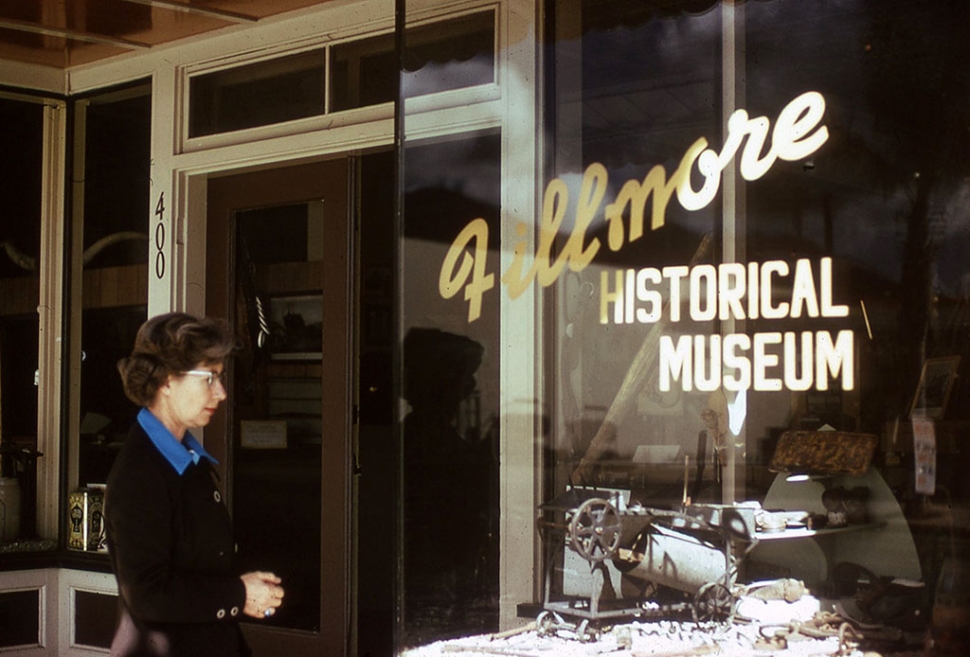 The Fillmore Historical Museum at 400 Central Avenue. By Anonymous — Wednesday, October 7th, 2020
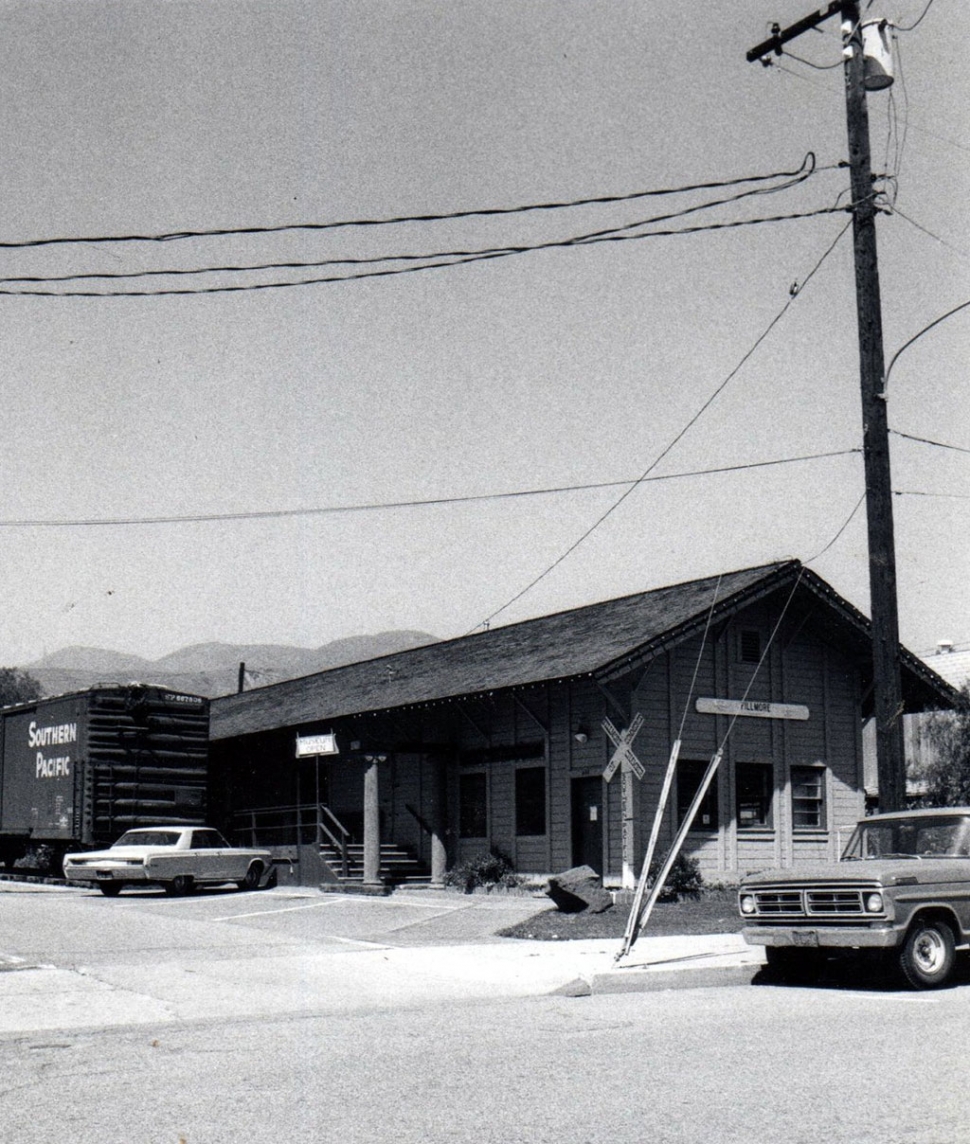 The Fillmore Historical Museum at 447 Main Street. 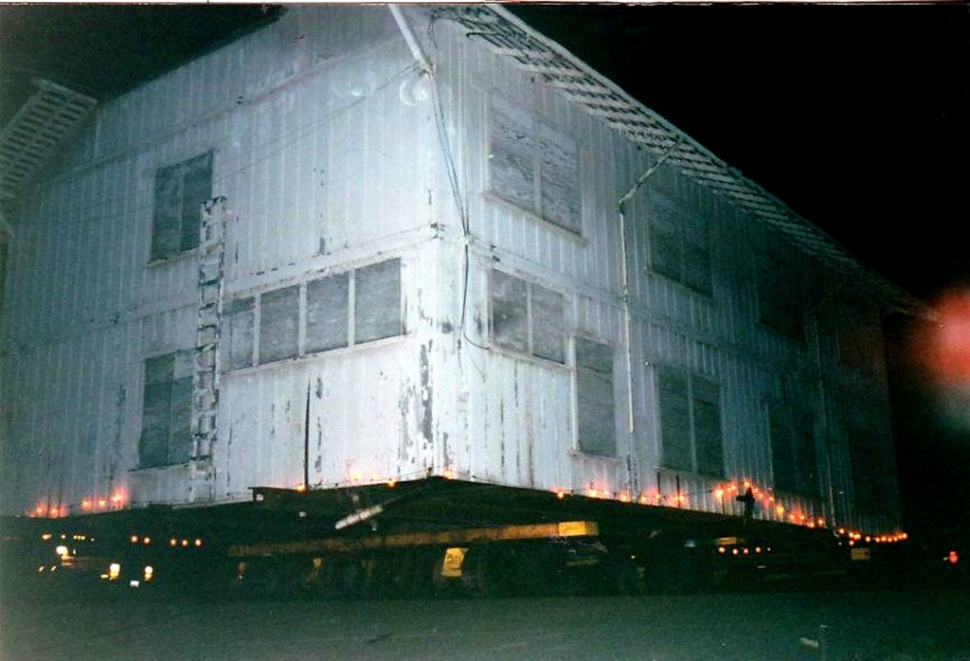 The Bunkhouse being moved. 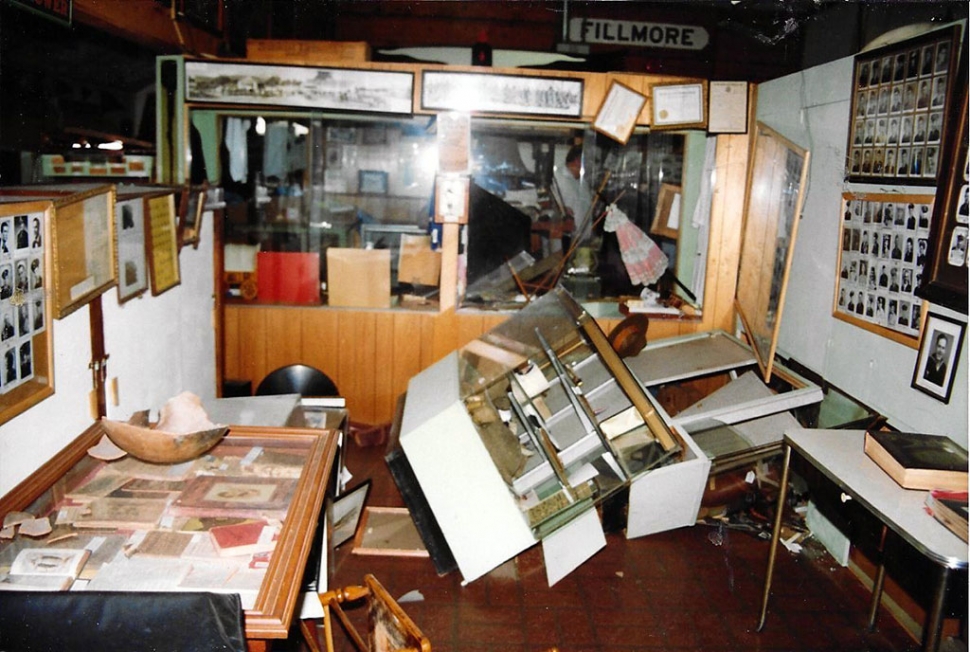 Damage from 1994 earthquake. 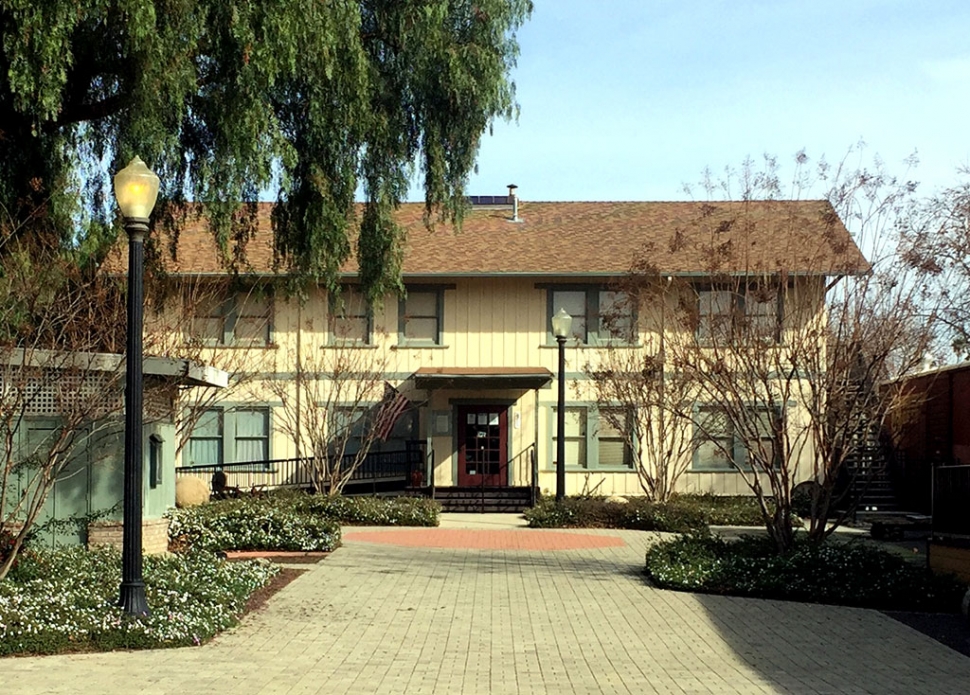 The Museum today. Courtesy Fillmore Historical Museum The Fillmore Historical Museum, founded by Edith Moore Jarrett, will soon be celebrating its 50th anniversary. Edith was born in 1898 in Sespe. She attended the University of Southern California and then returned to Fillmore where she taught high school Spanish for decades. As she taught, she saw a need for Spanish textbooks for high school students. El Camino Real parts 1 and 2 were the result. These were the first Spanish textbooks and were used throughout the nation by generations of students studying the Spanish language. Edith loved travel and history, so it was inevitable that, in 1970, when the Fillmore Chamber of Commerce began to envision a local museum, they asked her to be its founder. Its first location was on the ground floor of the Masonic Temple building. She put out the word that artifacts were needed, and the locals turned up with hundreds of items from their homes and garages. Very soon volunteers were building cases, organizing the artifacts, and giving tours. In 1974, Edith bought the Southern Pacific depot for $1 plus 5 cents tax. It was moved from the Southern Pacific right of way to the north side of Main Street near the former fire station where it became the new home for the Museum. When more space was needed Edith purchased a boxcar and filled it with railroad artifacts. In 1994 the Northridge Earthquake severely damaged the buildings and items in the collection. Museum volunteers rose to the challenge and working with the City of Fillmore, the depot and boxcar were moved to the south side of Main Street. The Corl family donated the small bungalow home of Dr. Ira Hinckley and his wife, Kate and James P. Finch donated bunkhouse #2 from Rancho Sespe. The museum moved both structures and restored them. In 10 years, the Historical Museum had become an Historical Park. The Museum is currently closed to the public due to Covid-19 but our volunteers have been working behind the scenes on the website, Facebook and on https://theclio.com/entry/99487. As we work in the collection, we have discovered many hidden gems which we plan on sharing with our visitors. A new exhibit is being created honoring some of our early settlers. This will be ready whenever the museum can re-open. The Museum receives no financial support from City, County, or State Governments. We are completely supported by donations from our community. The biggest contribution we receive are the many hours our volunteers give to keep the Museum running and welcome our visitors. We are always happy to get new volunteers. As we approach our golden anniversary, we hope that you, the public will: • Think about volunteering – there are many ways you can help. • Add to our collection, we are particularly looking for: The Fillmore Historical Museum is your community Museum and only exists because of community support. Please call 805 524 0948 or email fillmore.museum@gmail.com to help or to make donations of artifacts. |
